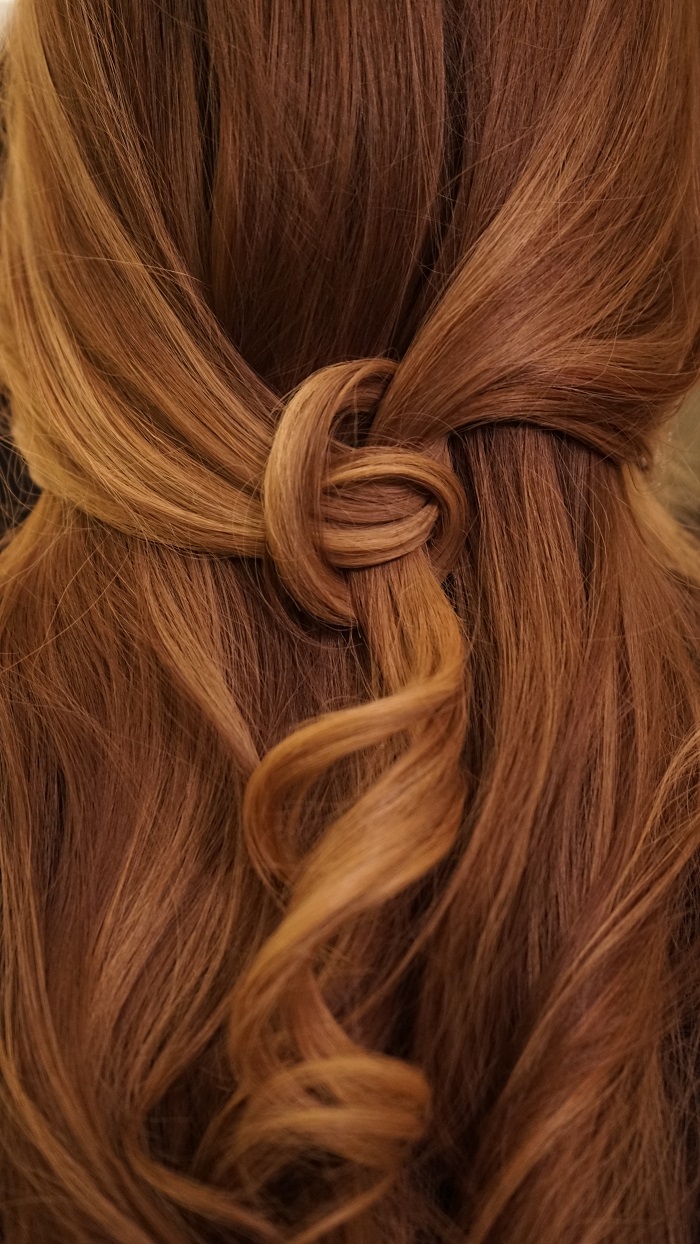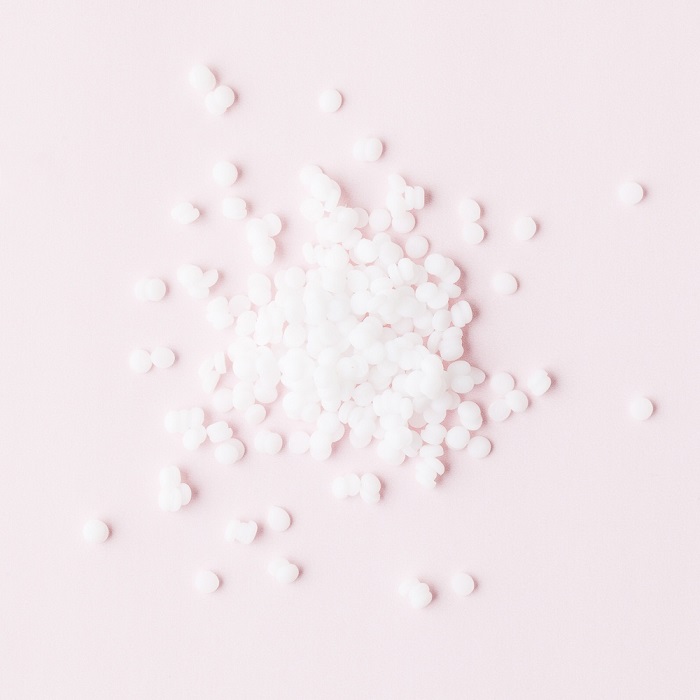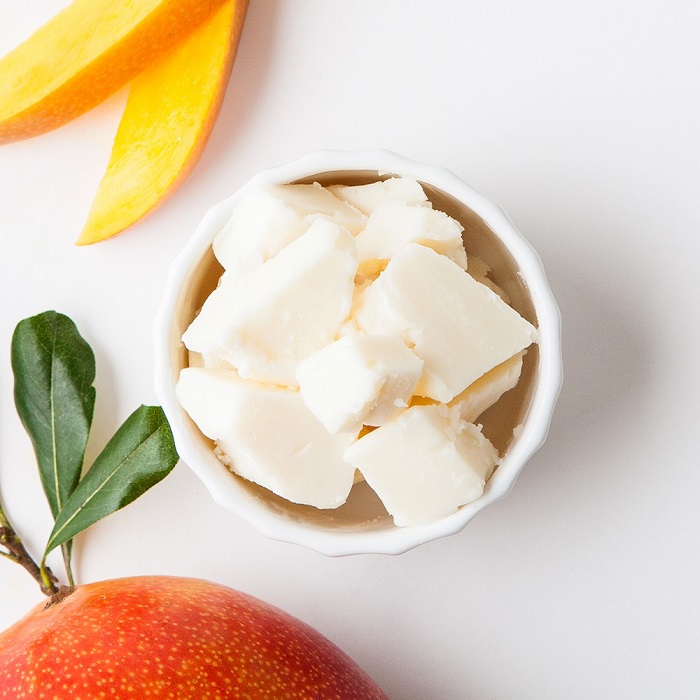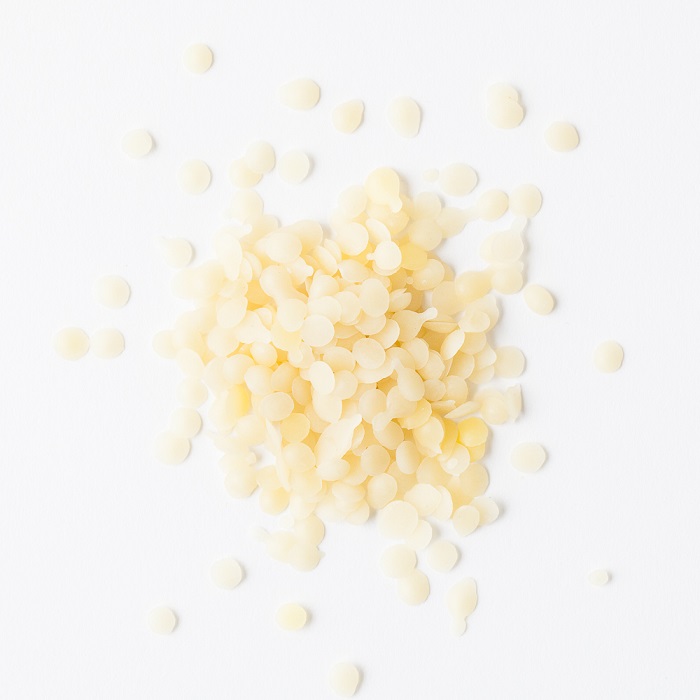If you've ever made a body butter, lotion, or lip balm, you've worked with emollients, though you might not know it.
If you haven’t, you may not be sure what emollients are or how they are used. Fortunately, this group of ingredients is easy to use and understand with a little bit of information and some product research.

What are emollients?
Emollients are ingredients that moisturize and soften the hair. They create a smooth hair surface and protect your hair from environmental stressors.
The outer layer of your hair strand is the cuticle. This layer of your hair is made up of keratinous cells that overlap slightly, like fish scales or roof shingles. These scales point toward the ends of your hair.
Emollients help to seal over the gaps between these scales, which helps them lie flat along the hair shaft. Closing up the cuticle means less moisture loss and less damage to the hair strand.
You may see emollients marketed as hydrating ingredients, but this is not entirely true. When we talk about hydrating ingredients, we are usually referring to humectants. Humectants attract moisture to the hair strand and help hold it in.
Some emollients do double duty as humectants, but not all of them. Emollients help to maintain moisture by preventing moisture loss.
Emollients are a widely varied group of ingredients, and understanding the many different kinds is important in formulating hair care products.
Why use emollients?
Emollients offer a host of benefits for your hair. They seal the cuticle of the hair shaft, and this increases shine and manageability and reduces tangles and damage to the hair.
Emollients also coat the hair strand, which helps to prevent moisture loss from the inside of the strand. This keeps your hair properly moisturized. Dry hair is more prone to breakage, can feel rough, and is prone to more tangling and frizz.
Emollients help to keep your hair supple and flexible, which helps to reduce damage, too.
Different emollient ingredients have different properties, and when used in combination with humectants really make a difference in terms of hair health and appearance.

Types of emollients
While every emollient ingredient is a little different, they can be classified into groups to help make choosing emollient products easier.
Petroleum derived
These are emollients that are made by refining petroleum. They’re often less expensive to produce than some other emollient ingredients. They’re often used in heavy moisturizing products.
Here are some examples of petroleum derived emollients:
- Petroleum jelly
- Petrolatum
- Paraffin
- Mineral oil
Silicones
Silicones are polymers that create a delicate protective coating on the hair surface. Lighter silicones are a good option for fine hair because they tend to be so lightweight. Generally speaking, silicones used in hair care can be divided into 4 groups: volatile silicones that evaporate from the hair surface, light silicones that can be washed away with water, silicones that can be washed away with a gentle shampoo, and heavy silicones that need a heavy duty shampoo to remove them.
Non-soluble, or heavy silicones, can cause problems in hair care. They create an emollient film, but because they’re difficult to remove they can build up on the hair shaft, which means that they can make hair look dull, but can also prevent moisture from entering the hair shaft.
Lighter silicones are a temporary coating. They can be easily removed with a regular shampoo, and that gives your hair the opportunity to absorb moisture and humectant ingredients.
Some examples of silicones used in hair care products:
- Cyclomethicone
- Dimethicone
- Amodimethicone
- Silicone resin
- Siloxysilicates
Oils and butters
If you’ve made soap or lotion, you’re already familiar with oils and butters in skincare. Oils and butters are great for your skin, and they’re great for your hair, too. Most natural oils are emollients; they coat your hair shaft to smooth and protect it.
This might seem like a very simple category, but oils have different weights, nutrient contents, and other characteristics that might make one better than another for a specific product. Lightweight oils are best for fine hair because heavier oils may weigh down fine hair, making it look limp.
Heavier oils are great for coarse, dry, and curly hair. Heavier oils provide greater occlusivity (the property of emollients that allows them to coat the hair shaft) than lighter oils. This is great because dry and curly hair are more prone to damage. Heavier oils also tend to weigh this kind of hair down.
There are also some oils that coat the hair to make it shiny and keep it protected, and some oils that are absorbed into hair that help soften and strengthen it.
Here are some examples of oils and butters for hair care:

Emollient Waxes
Waxes in hair care products usually have a greater tendency to coat the hair shaft than most oils and butters, and don't tend to soak in like some oils do. Waxes are generally heavier than plant butters, so shouldn’t be used in high amounts when making products for fine hair.
Waxes are often great at holding a style, too, so you’ll see them used in hair waxes and pomades both for hold and for their emollient properties.
Jojoba oil is actually a liquid wax. It has a composition similar to the sebum that naturally coats and protects your hair, and helps boost shine
Here are some examples of waxes used in hair care:
- Beeswax
- Lanolin
- Jojoba oil
Fatty alcohol
We know alcohol can be a drying ingredient, but fatty alcohols are an entirely different beast. Fatty alcohols are usually produced from palm or coconut oil.. Fatty alcohols actually act as emollients , meaning that they coat the hair instead of cleansing it, and that ability to coat the hair is where their emollient properties come from.
Fatty alcohols often have chemical sounding names, but they can be naturally produced from lipid based substances, like oils. They also function as thickeners, boosting the viscosity of our formulations.
Examples of fatty alcohols in hair care products:
Polymers
When you hear the word polymer, you might think of plastics. Plastic is one of the most common polymers we use every day. You might think that you don’t want polymers in your hair care products, but know that polymers occur in nature, too. Proteins are a kind of polymer, and so are plant starches.
Polymers are typically used in hair care products to condition, protect, and to improve hair’s appearance. They increase shine, can help improve the hold of styling products, and strengthens hair. Polymers are particularly good at improving “slip,” or the ability of hair to slip across nearby hairs without a great deal of friction. This makes them ideal for things like conditioners and detangling products.
Some examples of polymers used in hair care products:
- Cationic guar gum
- Polyquaterniums, like behentrimonium methosulfate

Most conditioning and styling products will contain multiple emollient ingredients, and as you can see, there are a lot to choose from.
Keep in mind what the goal of your product is, and choose your emollient ingredients based on that. Oils and butters are often used in conditioning products, while polymers can be added to shampoos to create conditioning shampoos. Solid waxes improve hold in some styling products.
Other than that, you can choose based on your own personal preference. With this many emollient ingredients (and even more), the only limit is your creativity.

